The International Fusion Energy Project (ITER) has finished constructing the world’s largest fusion reactor. It consists of 19 massive coils forming multiple toroidal magnets.
ITER’s tokamak design represents the forefront of fusion power technology. The project involves collaboration between 35 countries, including EU states, UK, China, India, and the US.
ITER Faces 15-Year Operational Delay
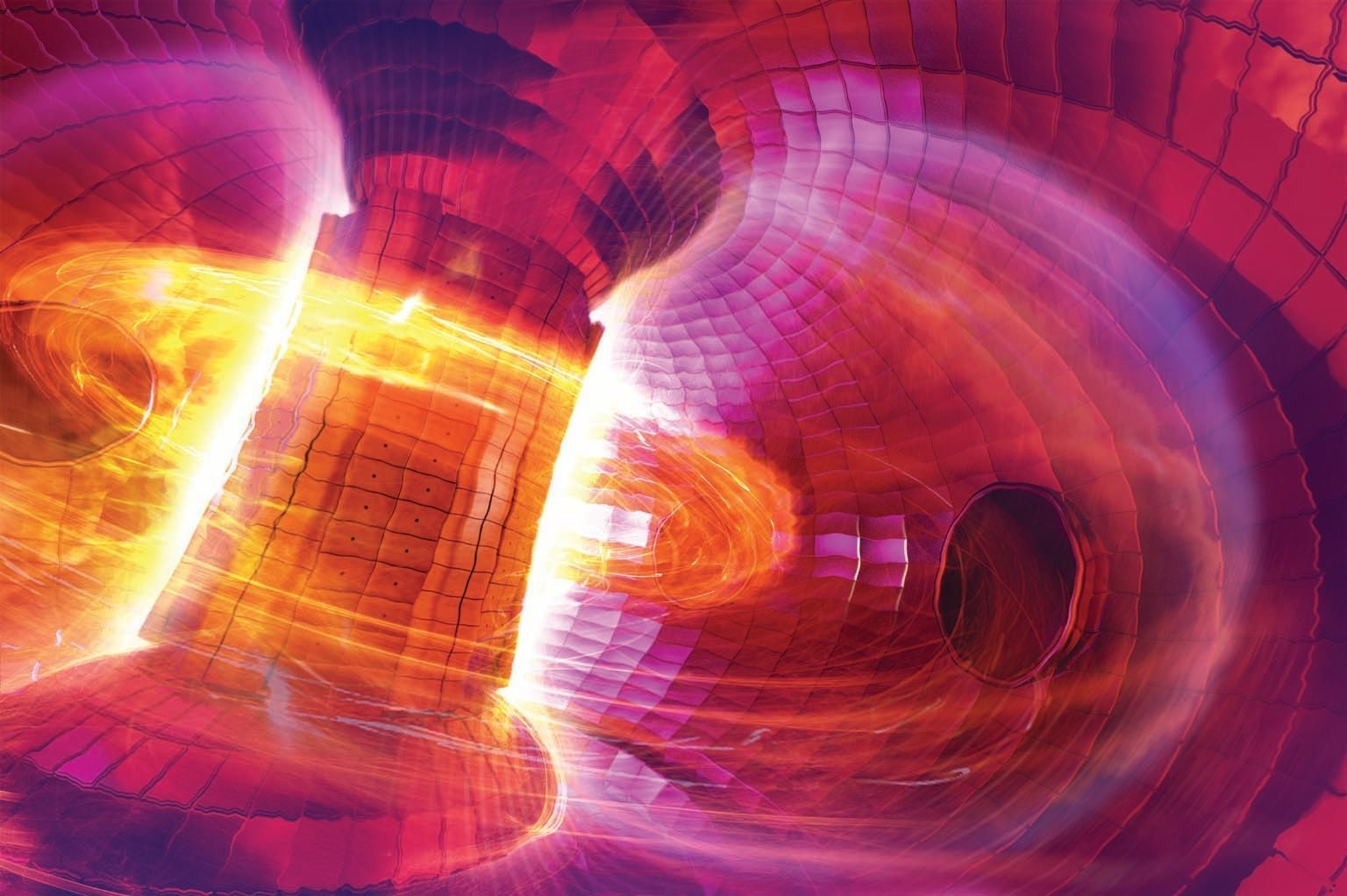
ITER’s first full test, originally scheduled for 2020, is now projected for 2039. This significant delay pushes fusion power further from being a timely solution to the climate crisis.
Pietro Barabaschi, ITER’s director general, acknowledges the setback’s negative impact. He advises against relying on nuclear fusion to solve current environmental problems.
Budget Swells Beyond Initial Estimates
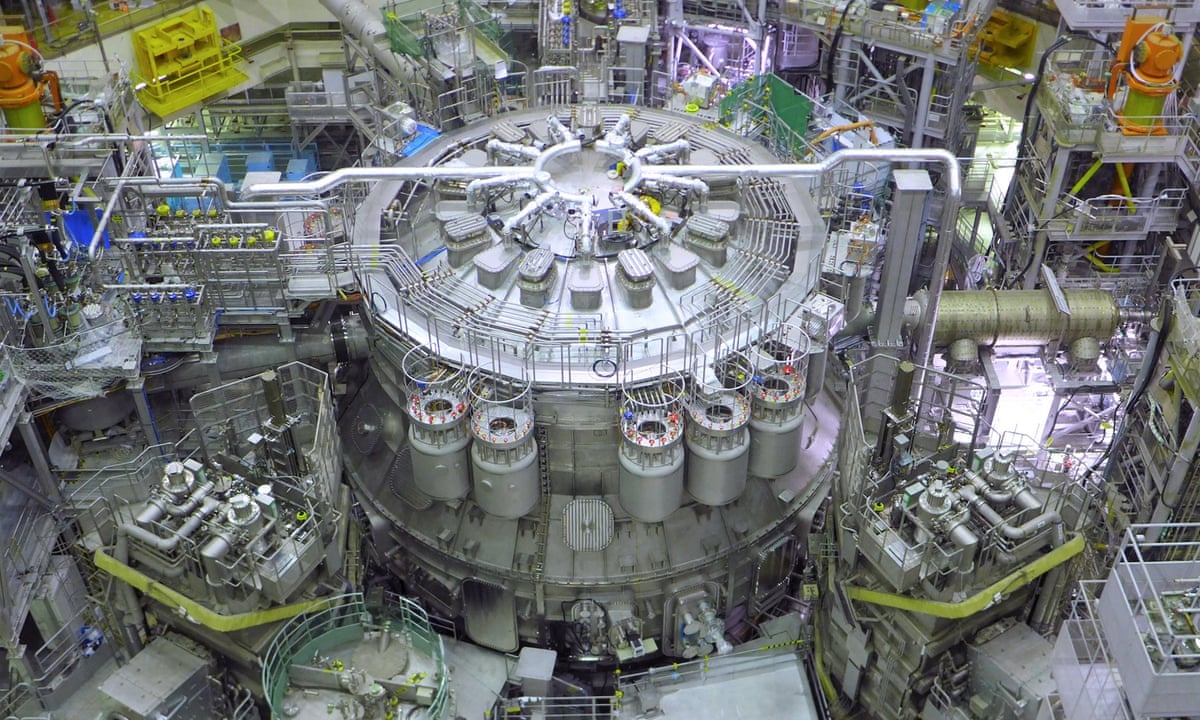
ITER’s initial budget of $5 billion has ballooned to over $22 billion. An additional $5 billion is proposed to cover unforeseen expenses.
These cost overruns contribute significantly to the project’s delays. The budget increase represents a more than 440% rise from the original estimate.
Fusion Power: 70-Year Scientific Quest
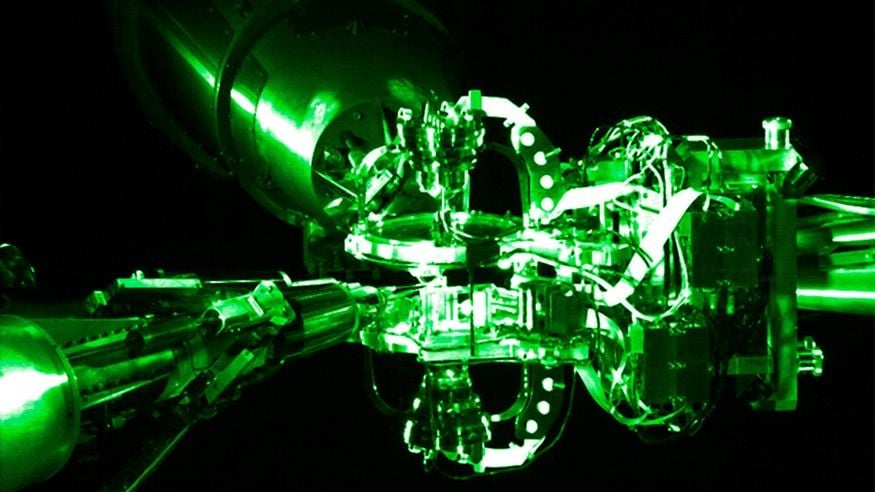
Scientists have pursued nuclear fusion power for over seven decades. Fusion replicates the process powering stars, fusing hydrogen into helium.
This reaction produces enormous energy without greenhouse gases or long-lasting radioactive waste. However, creating star-like conditions on Earth presents significant challenges.
Tokamak: Common Fusion Reactor Design
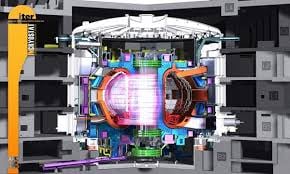
The tokamak, designed by Soviet scientist Natan Yavlinsky in 1958, is the most common fusion reactor type. It superheats plasma and confines it with powerful magnetic fields.
The plasma is contained in a donut-shaped reactor chamber. No tokamak has yet produced more energy than it consumes.
Plasma Confinement Remains Key Challenge
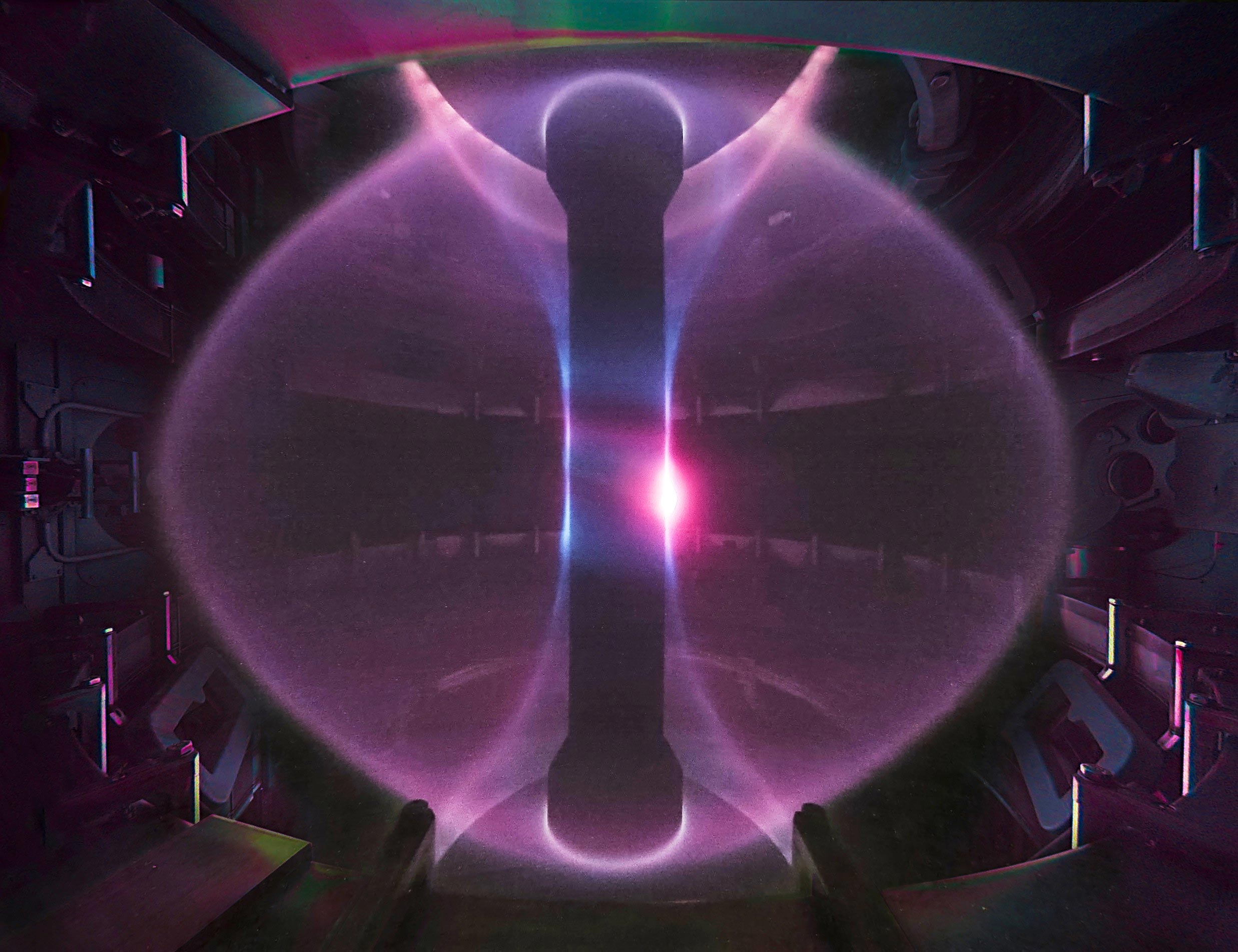
Controlling superheated plasma long enough for fusion is technically difficult. Reactors must operate at temperatures hotter than the sun’s core.
They also function at much lower pressures than star cores. Finding materials to withstand these extreme conditions poses significant engineering challenges.
Sun vs. Fusion Reactor Conditions
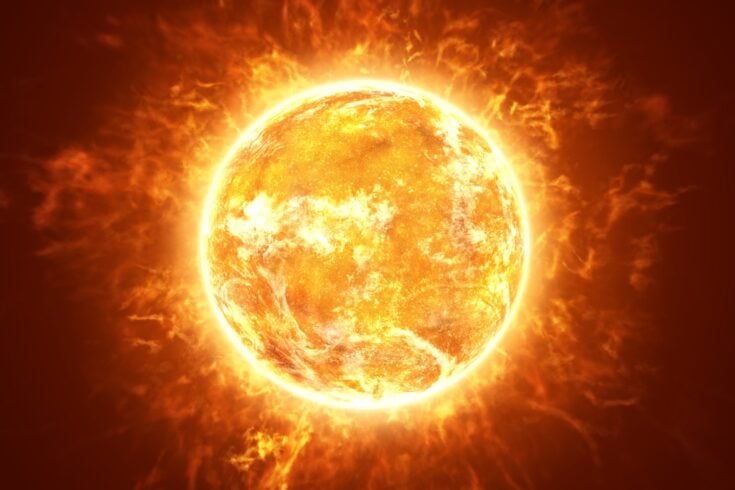
The sun’s core reaches temperatures around 27 million°F (15 million°C). It operates at pressures 340 billion times Earth’s sea-level air pressure.
Fusion reactors must achieve much higher temperatures to compensate for lower pressures. This disparity necessitates innovative containment solutions.
ITER’s Unprecedented Magnetic Capabilities
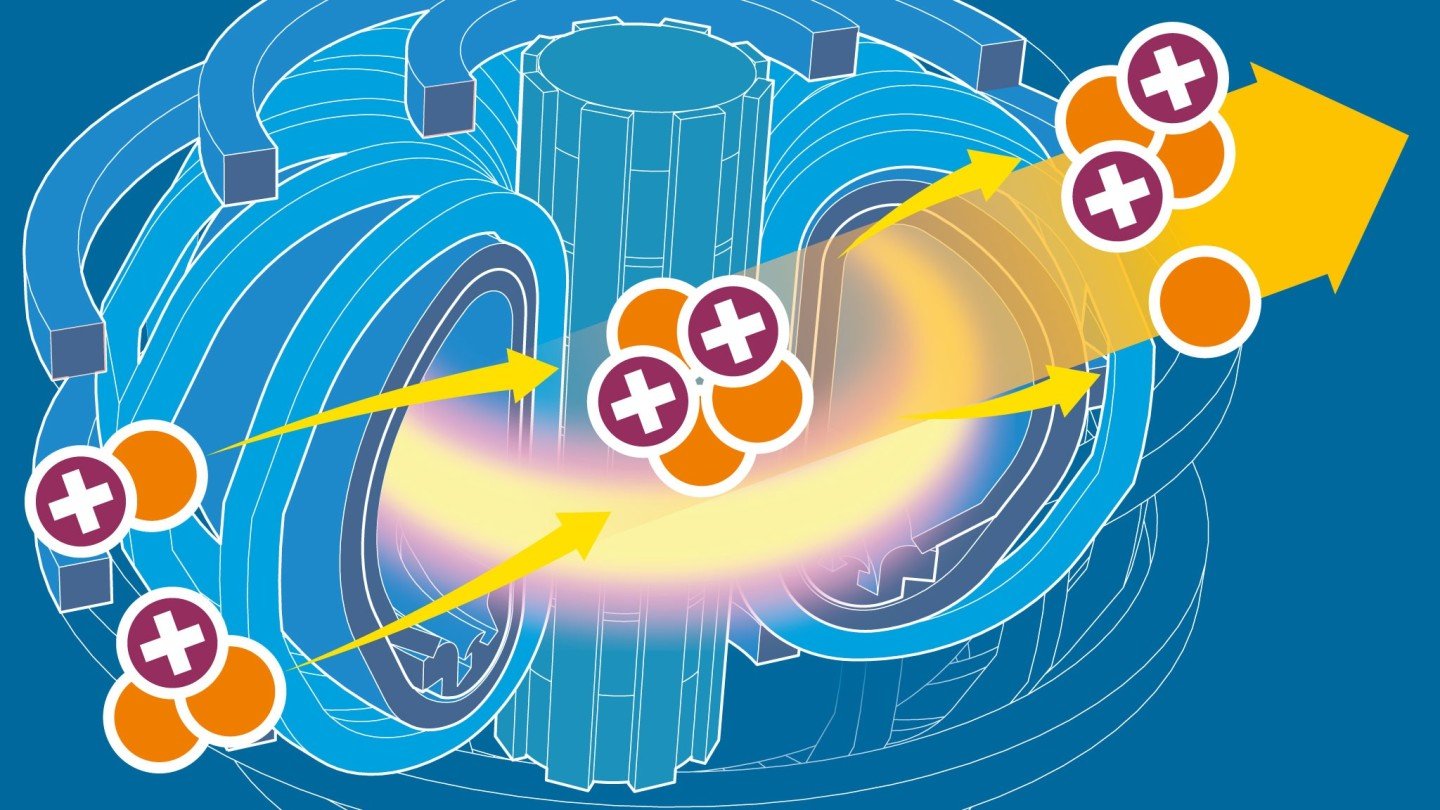
ITER houses the world’s most powerful magnet system. It can produce a magnetic field 280,000 times stronger than Earth’s.
This immense magnetic force is crucial for plasma confinement. It represents a significant advancement in fusion technology.
Fusion: Potential Clean Energy Source
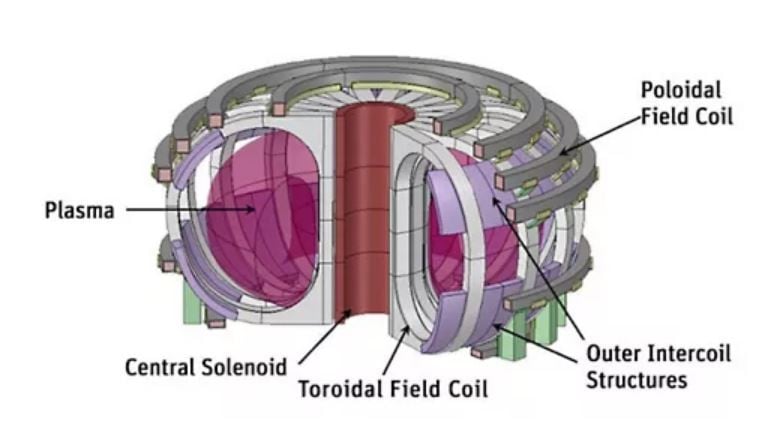
Fusion could provide abundant, clean energy if harnessed effectively. It doesn’t produce greenhouse gases or long-lived radioactive waste.
Fusion fuel (hydrogen isotopes) is virtually limitless. However, technological hurdles still prevent its practical implementation.
Global Collaboration in Fusion Research

ITER exemplifies international scientific cooperation. It unites 35 nations in pursuit of fusion energy.
This collaboration pools global expertise and resources. It represents one of the largest international scientific endeavors in history.


